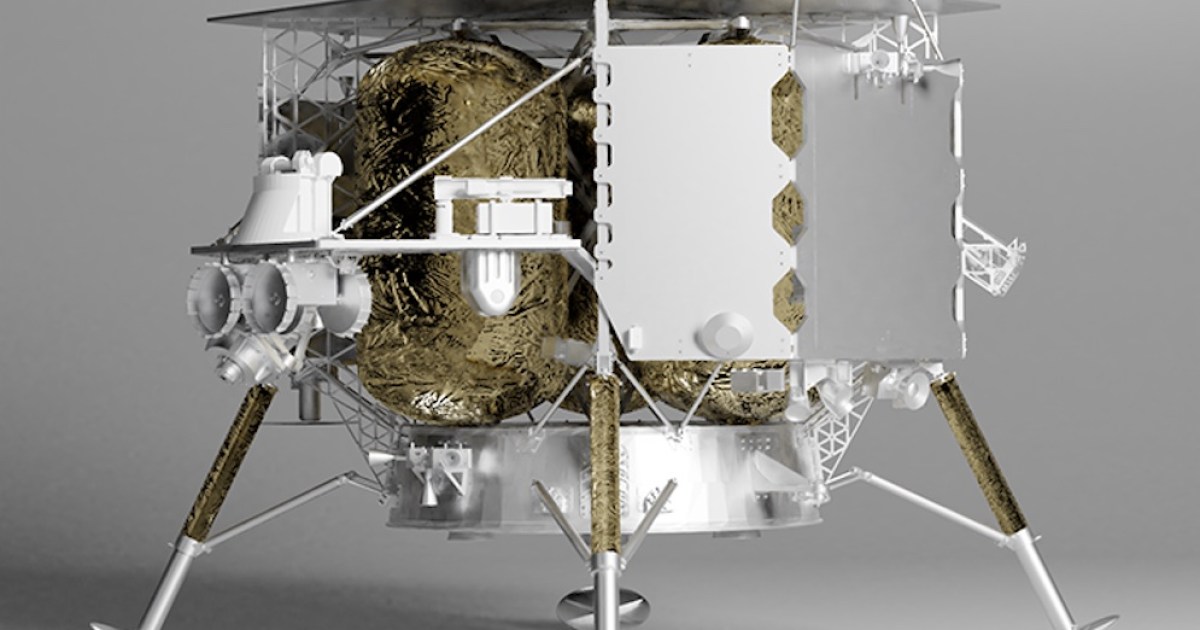
Astrobotic’s Peregrine spacecraft will burn up in Earth’s atmosphere on Thursday, January 18, NASA has confirmed.
Pittsburgh-based Astrobotic said earlier in the week that the burn-up of the Peregrine spacecraft, which is about the size of a storage shed, posed no safety risks and will remove from orbit what would otherwise become a piece of hazardous space junk.
The mission was supposed to put the first U.S. lander on the moon since the final Apollo mission five decades ago, but a debilitating propellant leak that began shortly after launch on January 8 prevented the spacecraft from reaching the lunar surface.
However, the bid to also become the first private company to put a lander on the moon hasn’t been cast as a complete failure, as Astrobotic managed to keep the spacecraft operational for much longer than expected, partly because the propellant leakage eased.
This enabled the team to power up some of Peregrine’s 21 payloads and to run other checks on the vehicle, with the gathered data set to prove useful for future Astrobotic missions.
Peregrine Mission 1 was part of NASA’s new CLPS (Commercial Lunar Payload Services) program, which involves the space agency contracting commercial entities to send science missions to the moon ahead of the first Artemis crewed landing, which is expected to take place in 2026.
“I am so proud of what our team has accomplished with this mission,” Astrobotic CEO John Thornton said recently. “It is a great honor to witness firsthand the heroic efforts of our mission control team overcoming enormous challenges to recover and operate the spacecraft after Monday’s propulsion anomaly.”
Thornton added: “This mission has already taught us so much and has given me great confidence that our next mission to the moon will achieve a soft landing.”
That mission involves the Griffin Lander, which Astrobotic hopes to put on the lunar surface in November.
Editors’ Recommendations
Services Marketplace – Listings, Bookings & Reviews
